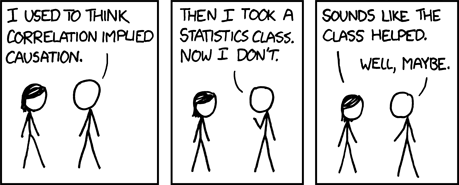Supporting a large development team with hundreds of jobs executing a day, you should expect that some of those are going to fail. It could be the build failed because a test did not pass, something went wrong during a deployment, network issues, you name it! Being able to quickly understand why a build failed […]







